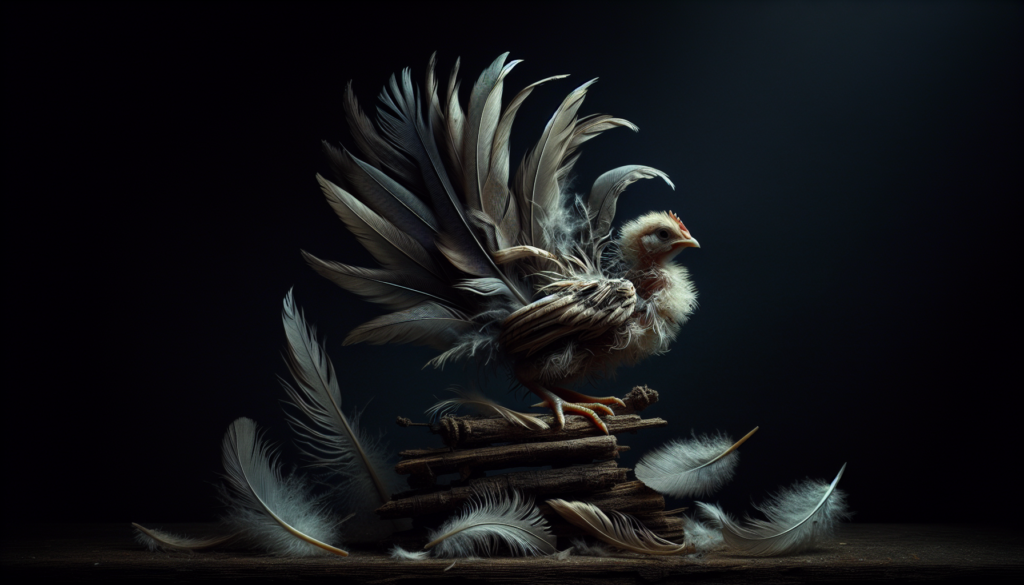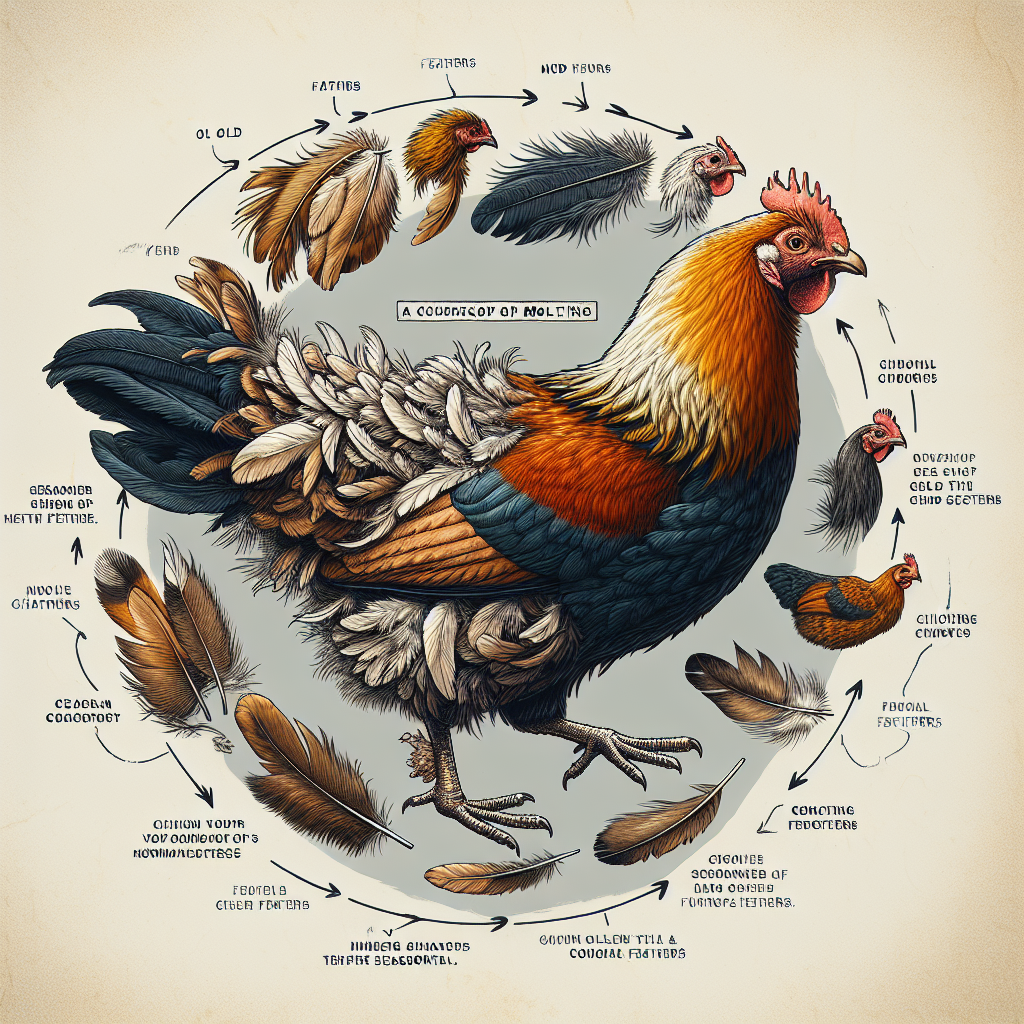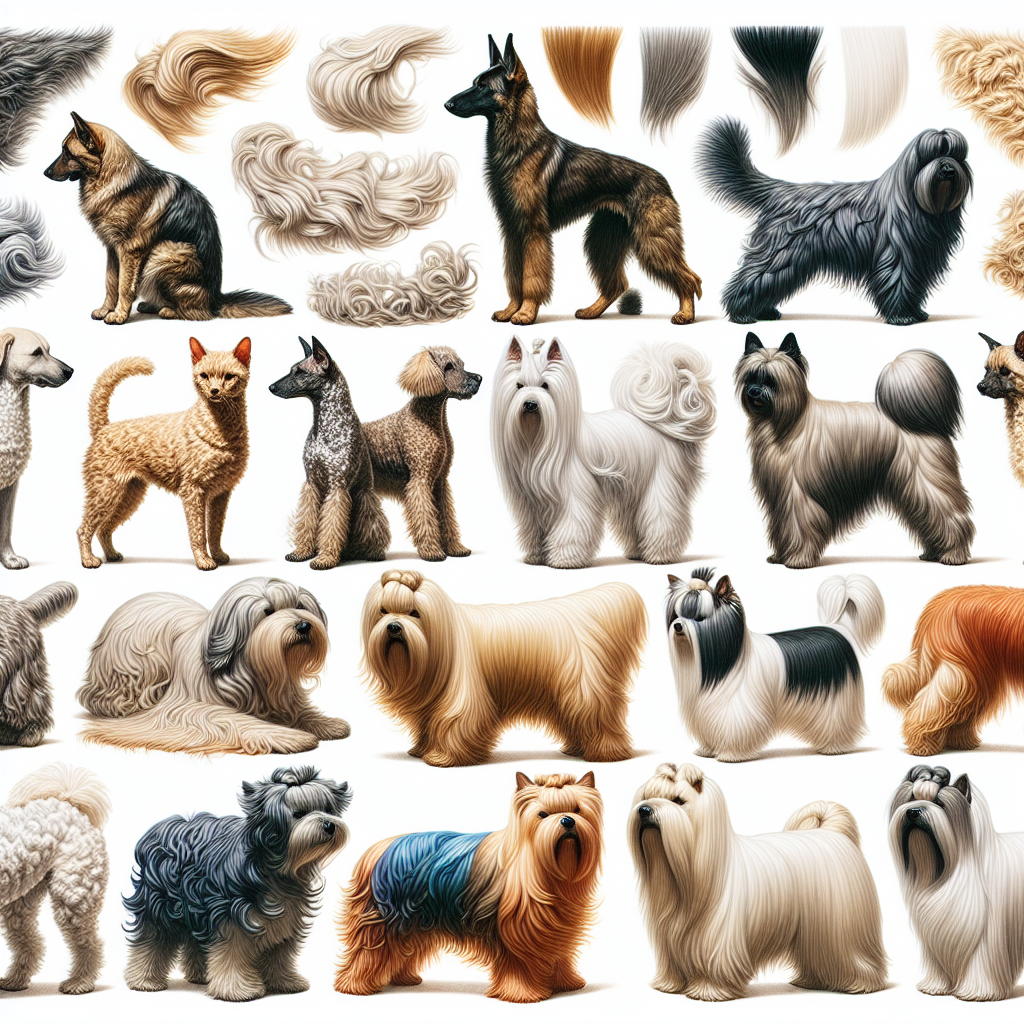Have you ever wondered if there are any ways to speed up or make the molting process easier for chickens? Molting, the natural shedding and regrowth of feathers, is a crucial part of a chicken’s life cycle but can be a stressful time for both the birds and their caretakers. In this article, we will explore various practices that can help expedite or ease the molting process for chickens, ultimately ensuring their well-being and comfort. Whether you’re a seasoned chicken keeper or new to the world of poultry, understanding these techniques can provide valuable insights into how to support your feathered friends during this transitional phase. So, let’s get started and discover the secrets to facilitating a smoother molting experience for chickens.
Understanding the Molting Process in Chickens
Molting: Definition and Purpose
Molting is a natural process in which chickens shed their old feathers and grow new ones. It is a vital part of their life cycle and plays a crucial role in maintaining their overall health and well-being. The molting process typically occurs once a year, during the late summer or early fall, and can last for several weeks.
The purpose of molting is to replace worn-out feathers, allowing chickens to maintain their insulating properties and protect themselves from the harsh elements. During molting, chickens’ bodies redirect their energy towards regenerating feathers instead of egg production. This temporary pause in egg laying also gives the hens’ reproductive systems a chance to rest and rejuvenate, resulting in improved egg quality and quantity in the following egg-laying season.
Molting Patterns in Chickens
The molting patterns in chickens can vary depending on various factors such as genetics, age, health, environmental conditions, and nutrition. Some chickens may undergo a complete molt, shedding all of their feathers simultaneously, while others may experience a partial molt, losing feathers gradually over a longer period. The molting process can be visually identified by the presence of feather shafts on the ground and the appearance of pin feathers, the new feathers emerging from the skin.
Factors Affecting the Molting Process
Genetics and Breed
The molting process is influenced by the genetic makeup of chickens and the breed they belong to. Some breeds are more prone to early or prolonged molting than others. For example, certain heritage breeds may experience a more natural and gradual molt, while commercial hybrid breeds may undergo a more intense and rapid molting process. Understanding the genetic predisposition of your chickens and their breed-specific molt patterns can help you better manage their molting process.
Age and Health of the Chicken
The age and health of chickens also play a significant role in the molting process. Older chickens tend to molt more frequently and may experience longer molting periods compared to younger birds. Additionally, the overall health of the chicken, including their immune system function and nutritional status, can affect the efficiency of the molting process. Chickens that are in good health and receive proper nutrition are more likely to have a smooth and straightforward molt.
Environmental Conditions
The environment in which chickens are raised can have an impact on their molting process. Factors such as temperature, humidity, and lighting conditions can influence the hormonal cues necessary for initiating and completing molting. Optimal environmental conditions, including consistent light cycles and appropriate temperature and humidity levels, can help facilitate a healthy molt in chickens. Additionally, reducing stressors in the environment, such as excessive noise or predator presence, can minimize disturbances during the molting period.
Nutrition
Proper nutrition is crucial for supporting a healthy molting process in chickens. During molting, the nutritional needs of chickens shift to support feather development rather than egg production. Providing a well-balanced diet rich in protein, vitamins, minerals, and essential fatty acids is essential for the growth of strong and vibrant replacement feathers. Supplementing the diet with ingredients like dried mealworms, black soldier fly larvae, and high-quality poultry feeds can provide the necessary nutrients for successful molting.
Promoting Healthy Molting in Chickens
Maintaining Optimal Nutrition
To promote healthy molting, it is important to ensure that chickens have access to a balanced and nutrient-dense diet. Protein is a key component of feather growth, so including sources of high-quality protein, such as soybean meal, fish meal, or insect protein, can help support feather development during molting. Additionally, providing access to fresh fruits and vegetables, which are rich in vitamins and minerals, can further enhance the overall health of chickens during this period. It is advisable to consult with a poultry nutritionist or veterinarian to formulate a molt-specific diet that meets the specific nutritional requirements of your chickens.
Implementing Stress Reduction Strategies
Stress can significantly impact the molting process in chickens. In order to promote a healthy molt, it is essential to minimize stressors in the chicken’s environment. This can be achieved by providing a calm and secure living space, free from excessive noise, disturbances, and potential predator threats. In addition, maintaining a consistent daily routine and avoiding unnecessary changes can help reduce stress levels in chickens. Ensuring access to clean water, proper ventilation, and comfortable roosting areas can further contribute to a stress-free molt.
Providing Adequate Lighting
Lighting plays a vital role in regulating the molting process in chickens. As daylight hours decrease in the late summer and early fall, it triggers the release of hormones that initiate molting. To support a healthy molt, it is important to provide your chickens with a consistent lighting schedule. Mimicking natural daylight patterns by providing 14-16 hours of light and 8-10 hours of darkness per day can help regulate the molting process and promote more efficient feather growth. Utilizing timers or artificial lighting sources can assist in maintaining a consistent lighting schedule even during shorter daylight periods.
Optimizing Environmental Conditions
Creating a conducive environment for molting can greatly benefit chickens. Maintaining optimal temperature and humidity levels is crucial, as extreme temperatures or excessive humidity can disrupt the molting process. Additionally, providing adequate ventilation in the coop can help prevent the buildup of dust and ammonia, which can irritate the respiratory system during molting. Clean, dry bedding and regular coop maintenance are also essential in creating a clean and healthy environment that supports the molting process.
Supplementary Measures to Ease the Molting Process
Feather Conditioning
Feather conditioning involves using specialized products that help soften and condition the feathers, making them more pliable and easier to shed during molting. These products, such as poultry feather conditioners or moisturizing sprays, can be applied topically to the feathers to minimize discomfort and facilitate the shedding process. Regularly inspecting the feathers and gently removing any loose or damaged ones can also aid in promoting healthy and efficient molting.
Feather Removal Techniques
In some cases, chickens may experience difficulty shedding their old feathers, leading to feather impaction or incomplete molt. In such situations, gentle feather removal techniques may be necessary to assist the molting process. This involves carefully grasping the base of the feather shaft and gently pulling it out. It is essential to exercise caution and avoid causing pain or injury to the chicken during this process. Feather removal should only be done if absolutely necessary and preferably under the guidance of a veterinarian or experienced poultry handler.
Managing Molting in Commercial Chicken Production
Strategic Timing of Molting
In commercial chicken production, molting is often strategically managed to maximize egg production efficiency. By initiating molting at a specific time, producers can synchronize their flocks’ molting cycles, ensuring that all hens undergo molting simultaneously. This allows for a uniform production break and subsequent egg-laying peak when the molted hens resume egg production. Timing the molt during a period of decreased market demand for eggs also ensures minimal impact on the supply and prevents financial losses.
Feeding Programs for Molting Chickens
In commercial settings, specialized feeding programs are implemented to support the molting process in chickens. These programs typically involve providing a nutrient-dense diet specifically formulated for molting birds. The diet focuses on meeting the increased protein and mineral requirements of molting chickens to support healthy feather regrowth. Often, the molting diet is tailored to have a higher concentrate of amino acids and micronutrients necessary for optimal feather development. Producers should consult with poultry nutritionists to develop a feeding program suitable for their flock’s molting needs.
Lighting Programs for Molting Chickens
Lighting programs are carefully managed in commercial chicken production to regulate the molting process. By manipulating artificial lighting schedules, producers can control when molting occurs and ensure synchronized molt cycles among the flock. Reduced lighting hours are gradually introduced to simulate seasonal changes, triggering molting. Once molt is complete, lighting hours are gradually increased to stimulate egg production. This controlled lighting program optimizes productivity and minimizes the duration of the molt period, allowing hens to resume laying eggs sooner.
Natural Remedies for Promoting Molting
Herbal Supplements
Herbal supplements can be used to support the molting process in chickens naturally. Certain herbs, such as nettle, alfalfa, and garlic, are known to provide essential nutrients and promote overall health and feather growth. These herbs can be incorporated into the chickens’ diet either in fresh, dried, or powdered form. It is important to ensure that herbal supplements are safe for consumption and consult with a poultry veterinarian or herbalist for appropriate dosage recommendations.
Silica and Calcium Sources
Silica and calcium are vital minerals for healthy feather growth and integrity. Silica helps strengthen the structure of feathers, making them more resilient and less prone to breakage. Calcium, on the other hand, plays a crucial role in the development of healthy bones and feathers. Including natural sources of silica and calcium, such as diatomaceous earth and crushed eggshells, in the diet of molting chickens can enhance their molt and optimize feather quality.
Essential Oils
Essential oils derived from certain plants can have beneficial effects on feather regrowth and overall feather health. Oils such as lavender, chamomile, and tea tree oil have soothing and antimicrobial properties that can help alleviate any discomfort or irritation during molting. These oils can be diluted and used as a topical spray, added to the chickens’ drinking water, or diffused in the coop environment to provide a calming and healing effect. It is crucial to use essential oils that are safe for poultry and consult with a veterinarian or aromatherapist for appropriate formulations and dosage.
Preventing Complications During Molting
Avoiding Feather Pecking
Feather pecking is a harmful behavior that can occur during molting, where chickens engage in aggressive pecking or pulling out of each other’s feathers. To prevent this behavior, it is important to provide ample space in the coop and run for chickens to move freely. Ensuring that chickens have access to environmental enrichment, such as pecking blocks, toys, or hanging vegetables, can also divert their attention and reduce the likelihood of feather pecking. Monitoring the flock closely during molting and promptly addressing any signs of aggression or feather damage can help prevent further complications.
Preventing Cannibalism
Cannibalism is an extreme form of feather pecking that can lead to severe injury and even death in chickens. To prevent cannibalism during molting, it is crucial to maintain a calm and stress-free environment for the flock. Adequate space, proper ventilation, and access to clean water and nutritious food are essential in promoting a harmonious environment. Additionally, incorporating anti-pecking sprays or bitter-tasting substances on the feathers can discourage chickens from engaging in cannibalistic behavior. In severe cases, separating aggressive individuals or using anti-pecking devices may be necessary, and consulting with a poultry veterinarian or animal behaviorist is recommended.
Monitoring for External Parasites
Molting chickens are more vulnerable to external parasites, such as mites and lice, due to the weakened state of their immune system and the presence of loose feathers. Regularly inspecting chickens for signs of infestation, such as itchy or irritated skin, feather loss, or the presence of parasites, is crucial. Implementing appropriate parasite control measures, such as dusting the coop with diatomaceous earth or using poultry-friendly insecticides, can help prevent infestations and alleviate any discomfort caused by external parasites during molting.
When to Seek Veterinary Assistance
Persistent Molting Issues
While molting is a natural process, certain circumstances may warrant veterinary attention. If a chicken’s molting process seems prolonged, with no signs of new feather growth after an extended period, it may indicate an underlying health condition or nutritional deficiency. Seeking veterinary assistance can help identify and address any underlying factors contributing to the persistent molting issues.
Excessive Feather Loss
Excessive feather loss during molting can also be a cause for concern. If a chicken is losing an excessive number of feathers or experiencing bare patches of skin, it may indicate an underlying health problem or the presence of external parasites. A veterinarian can assess the chicken’s overall health and conduct diagnostic tests if necessary to determine the cause of the excessive feather loss and provide appropriate treatment.
Signs of Infection or Illness
During molting, chickens are more susceptible to infections and illnesses due to the stress placed on their immune system. If a molting chicken exhibits signs of illness, such as lethargy, loss of appetite, respiratory distress, or abnormal droppings, it is important to seek immediate veterinary assistance. Prompt diagnosis and treatment can help prevent the spread of infectious diseases and ensure the chicken’s well-being.
Conclusion
Understanding the molting process in chickens is essential for every poultry owner or commercial producer. By comprehending the factors that affect molting, implementing strategies to promote healthy molting, and recognizing when to seek veterinary assistance, you can ensure that your chickens have a smooth and successful molt. By providing optimal nutrition, reducing stress, optimizing environmental conditions, and employing additional measures like feather conditioning or feather removal techniques when necessary, you can support your chickens throughout their molting journey. Remember, a healthy molt lays the foundation for improved feather quality, increased egg production, and overall well-being in your flock.




